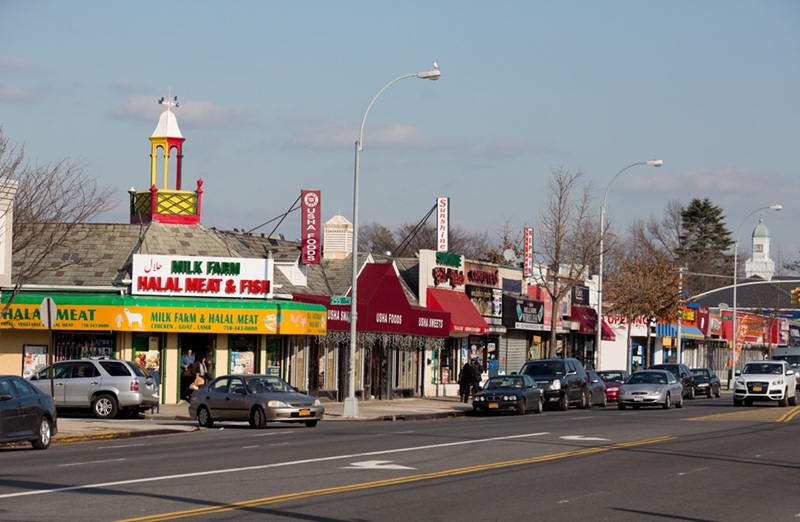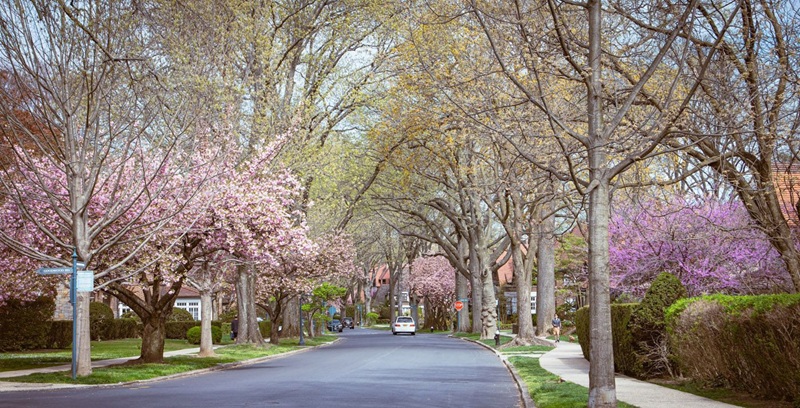
Bellerose is a serene residential neighborhood located in the eastern part of Queens, New York. Known for its suburban feel, tree-lined streets, and strong sense of community, Bellerose offers an ideal living environment for families, young professionals, and retirees alike. Though it may be smaller and quieter compared to some other neighborhoods in Queens, Bellerose’s charm lies in its peaceful ambiance, convenient location, and welcoming atmosphere.
History of Bellerose
The history of Bellerose dates back to the late 19th century when the area was largely farmland. The neighborhood’s name is derived from the “belle” meaning beautiful and “rose,” which was likely inspired by the many wild roses that once bloomed in the area. The development of Bellerose accelerated in the early 20th century as the suburbanization of Queens began. As more people sought to escape the crowded urban areas of Manhattan, Bellerose emerged as a desirable residential community with its proximity to transportation, green spaces, and family-friendly environment.
In the 1920s and 1930s, the construction of single-family homes and small apartment buildings transformed the area into the neighborhood we know today. The development of the Long Island Rail Road (LIRR) and other major roads, such as the Long Island Expressway, made Bellerose an accessible place to live while still offering the charm of suburban life.
Character of the Neighborhood
Bellerose is primarily a residential area, characterized by quiet, tree-lined streets, charming homes, and a relaxed, suburban atmosphere. The neighborhood consists mostly of single-family homes, many of which feature traditional designs, such as colonial-style houses, ranch homes, and bungalows. The abundance of greenery and manicured lawns adds to the neighborhood’s peaceful vibe, with many homes featuring front and backyard gardens that contribute to the community’s overall charm.
The area is known for its low population density, which helps create a sense of privacy and tranquility that is often hard to find in more urbanized areas of New York City. Bellerose residents enjoy the space and quiet of suburban living while still being within easy reach of the more urban aspects of Queens and Manhattan.
Community and Culture
One of the defining features of Bellerose is its strong sense of community. Many families have lived in the neighborhood for generations, fostering a sense of stability and connection among residents. The neighborhood is also home to a mix of people from various backgrounds, adding to its diversity and vibrancy.
Bellerose’s close-knit nature is reflected in local events and gatherings, with residents often coming together for neighborhood cleanups, holiday celebrations, and other community activities. The neighborhood has a reputation for being safe and family-friendly, making it a great place to raise children.
The community’s religious institutions, including churches and synagogues, play an important role in neighborhood life, offering a place for worship, social events, and community outreach programs.
Schools and Education
Bellerose is served by several reputable public and private schools, making it an attractive location for families with children. The local public schools are part of the highly regarded Queens school district, and the proximity of Bellerose to nearby educational institutions in neighboring areas like Floral Park and Little Neck also provides families with a range of schooling options.
In addition to primary and secondary schools, Bellerose is located near several institutions of higher education, including Queens College, which is just a short drive away in the nearby neighborhood of Flushing. This proximity to educational opportunities adds to the neighborhood’s appeal for young families.
Parks and Recreation
Though Bellerose is mostly residential, it is surrounded by several parks and green spaces, providing residents with opportunities for outdoor recreation. The neighborhood itself is close to the expansive Alley Pond Park, one of the largest parks in Queens. Alley Pond Park offers walking trails, sports fields, playgrounds, and picnic areas, making it a popular spot for families and outdoor enthusiasts.
Other nearby parks, such as Cunningham Park and the Queens County Farm Museum, offer additional green space for activities like hiking, biking, and enjoying nature. The area’s proximity to these parks is a big draw for residents who value outdoor activities and green space.
Transportation and Accessibility
Bellerose is conveniently located near several major transportation routes, making it easy for residents to commute to other parts of New York City and Long Island. The Long Island Rail Road (LIRR) Bellerose Station provides direct access to Manhattan, with a quick ride into Penn Station. The neighborhood is also served by several major roadways, including the Long Island Expressway (I-495), which provides quick access to other parts of Queens, Brooklyn, and beyond.
Public transportation options, such as buses and the LIRR, make Bellerose an accessible and well-connected neighborhood for those who need to commute into the city or to other areas in Queens.
Challenges and Development
Like many neighborhoods in Queens, Bellerose faces some challenges as it continues to grow. One of the major concerns in the area is the potential for overdevelopment, which could alter the neighborhood’s character. As demand for housing in Queens continues to rise, there is a possibility that more high-density buildings may be built, which could change the primarily residential and suburban feel of the area.
Additionally, the neighborhood’s proximity to major highways means that traffic congestion can sometimes be an issue, particularly during rush hours.
Conclusion
Bellerose offers the best of both worlds: the peace and quiet of suburban living combined with the convenience of being close to the vibrant and diverse offerings of New York City. With its welcoming community, excellent schools, access to parks, and transportation links, Bellerose is an ideal place to live for those seeking a relaxed lifestyle in a well-connected neighborhood. Though it faces the challenges of development and traffic, the neighborhood’s unique charm and tight-knit community ensure it will continue to be a beloved part of Queens for years to come.

